Tamara Hussong Milagre
Member of Associação de Apoio a Portadores de Alterações nos Genes Relacionados com o Cancro Hereditário (EVITA Cancro) – Hereditary Cancer, Association of Patients with Hereditary Oncological Diseases (Portugal)
Could you briefly introduce the mission and work of EVITA Cancro in relation to patients with hereditary oncological diseases?TH: The EVITA Association for Hereditary Cancer supports patients and their families affected by hereditary cancer syndromes, focusing on advocacy, education, precision prevention, precision early detection, and access to precision medicine. Our mission is to empower patients and their families by providing information about genetic predispositions to cancer, facilitating early detection, and promoting access to appropriate treatments. We work to raise awareness about the unique challenges these patients face and advocate for their needs within the healthcare system.Currently, only 20% of genetic variant carriers with a high risk for hereditary cancer have been identified. The main barrier to genetic testing is the lack of genetic literacy among healthcare professionals outside oncology and medical genetics. Additionally, we face extremely long waiting times for genetic counseling, genetic testing, and the communication of results. To address these and other gaps, we have developed a digital platform called the EVITA Platform, designed to help individuals and healthcare providers assess cancer risks and determine if genetic counseling is beneficial. The platform includes a questionnaire based on national recommendations, provides immediate results and recommendations, and offers the possibility to schedule an appointment with our genetic counselor through a digital agenda. I can elaborate further on the platform’s multiple functionalities later if needed.Outcome-based payment models offer a promising strategy to improve access to therapies for rare or genetically based diseases, including hereditary cancer.

Based on your experience with EVITA and as a patient advocate, what are the main barriers to accessing innovative treatments, such as orphan drugs, in Portugal and across Europe?TH: Based on my experience within EVITA and as a patient advocate, several key barriers impact access to innovative treatments, including orphan drugs, in Portugal and across Europe. Regulatory hurdles and lengthy approval processes can delay access to new therapies, with considerable variability in regulations between countries adding further complexity. High prices for innovative treatments often pose challenges in securing reimbursement from public health systems, significantly limiting patient access. Additionally, there is limited awareness among healthcare providers, who may not be fully informed about available innovative therapies, leading to under-prescription and delayed treatment. Geographic disparities, differences in healthcare infrastructure, and varying levels of funding across regions also contribute to unequal access to treatments.How do you assess outcome-based payment models as a strategy to improve access to therapies for rare or genetically based diseases, such as hereditary cancer?TH: Outcome-based payment models offer a promising strategy to improve access to therapies for rare or genetically based diseases, including hereditary cancer. By aligning payments with patient outcomes, these models incentivize healthcare providers and pharmaceutical companies to focus on delivering effective treatments. However, their success hinges on accurately defining and measuring relevant health outcomes that truly reflect patients’ experiences and needs.One of the main challenges of these models is defining and measuring health outcomes that truly matter to patients. What role do you think patient organizations should play in this process?TH: Patient organizations play a critical role in defining and measuring health outcomes that matter to patients. They can gather direct patient input through tools like the EVITA Platform, which allows for periodic feedback collection. Patient organizations can facilitate discussions and collect patient feedback to identify what outcomes are most important. Promoting standardization by advocating for standardized metrics that reflect patient priorities in clinical trials and evaluations is essential. Collaboration with stakeholders (including healthcare providers, researchers, and policymakers) is also crucial, as patient organizations uniquely connect all these stakeholders, ensuring that patient perspectives are integrated into outcome measurement frameworks.There are several risks associated with outcome-based models, including potential delays in access
Digitalization and the use of real-world data are becoming increasingly important in monitoring treatment outcomes. Are patients sufficiently informed and empowered to actively participate in such models?TH: While digitalisation and the use of real world data are advancing, patients often face challenges in being sufficiently informed and empowered to participate actively. Once again, our EVITA platform can help to ensure that patients are educated about these models and that their significance is crucial. We can help by providing resources and training on how to engage with digital tools and understand the implications of real world data actually. We have the EVITA school in mind to boost education and in multiple areas linked to the health literacy.In your view, are there any risks associated with outcome-based models, such as delays in access or lack of transparency in defining outcome indicators?TH: There are several risks associated with outcome-based models, including potential delays in access if payers and providers overly focus on specific outcome indicators. A lack of transparency in defining these indicators can lead to confusion among patients and healthcare providers regarding what constitutes success. Furthermore, these models may inadvertently prioritize short-term outcomes over long-term health benefits, potentially failing to fully capture the patient experience.Finally, from a European perspective, what best practices would you highlight regarding patient involvement in the evaluation and financing of innovative therapies? What recommendations would you make to policymakers to ensure that these strategies remain patient-centered?TH: From a European perspective, best practices regarding patient involvement include establishing clear policies that mandate patient participation in the evaluation and financing processes of innovative therapies. Supporting education initiatives is crucial, there must be investment in educational programs that empower patients to engage meaningfully in healthcare decisions. Creating collaborative platforms is also important to foster cooperation between patient organizations, healthcare providers, and industry in sharing insights and best practices.Our recommendations to policymakers include ensuring inclusivity by developing strategies that actively involve diverse patient populations in discussions about innovative therapies. It is also important to monitor and evaluate outcomes by implementing systems that assess the impact of patient involvement on therapy access and health outcomes. Lastly, legislative support is vital, there should be advocacy for legal frameworks that prioritize patients’ rights and access to innovative treatments. By prioritizing these best practices and recommendations, we can create a more patient-centered approach to healthcare that improves access to innovative therapies, particularly for those with hereditary cancer and other complex or rare diseases.






















